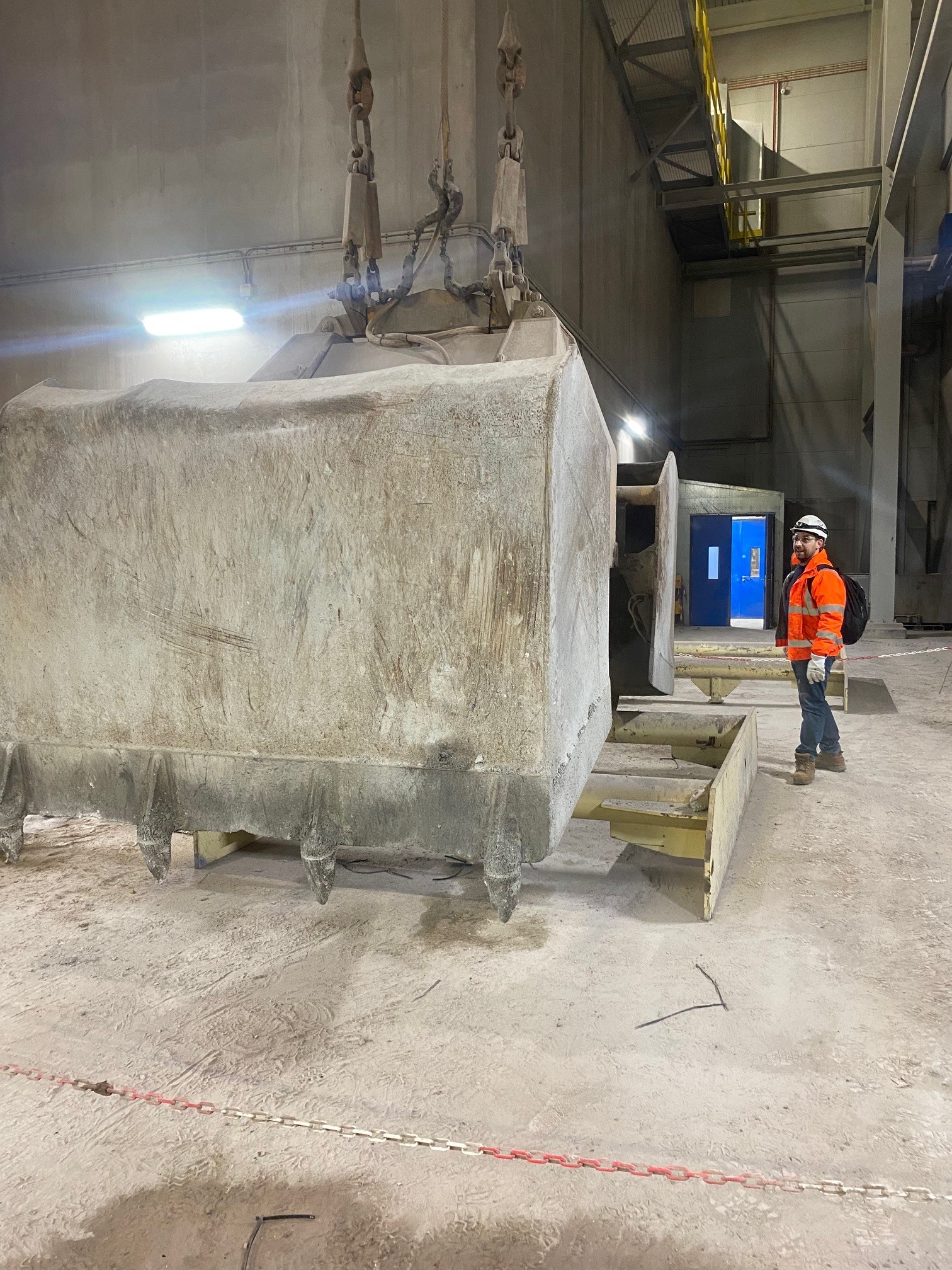Ash Grab Hydraulic Servicing: Ensuring Optimal Performance in the UK
Introduction
Ash grab hydraulic systems play a pivotal role in various industries across the United Kingdom, particularly in power generation and waste incineration. These systems are responsible for the efficient and reliable handling of ash residues. Ensuring the proper maintenance and servicing of ash grab hydraulic systems is crucial to their uninterrupted operation and overall productivity. In this blog, we'll explore the significance of ash grab hydraulic servicing in the UK.
The Role of Ash Grab Hydraulic Systems
Ash grab hydraulic systems are used in power plants, waste-to-energy facilities, and industrial settings to manage the collection, transport, and disposal of ash and other residues. These systems are designed to withstand the demanding conditions of ash handling, making them essential components of critical industrial processes.
Importance of Ash Grab Hydraulic Servicing
- Safety First: Safety is a paramount concern in industries where ash handling is a routine task. Regular servicing ensures that hydraulic systems function safely, reducing the risk of accidents and injuries to workers.
- Operational Efficiency: Well-maintained hydraulic systems operate more efficiently, resulting in quicker and more precise ash handling. This translates to increased productivity and reduced downtime.
- Cost Savings: Proactive servicing and maintenance can prevent minor issues from escalating into major, costly problems. This not only saves on repair expenses but also extends the lifespan of the equipment.
- Environmental Compliance: Adherence to environmental regulations is of utmost importance, especially in waste-to-energy and power generation facilities. Properly maintained hydraulic systems are less likely to cause environmental issues.
The Ash Grab Hydraulic Servicing Process
- Inspection: Initiate the servicing process with a comprehensive inspection of the ash grab hydraulic system. This includes assessing hoses, pumps, valves, cylinders, and all related components.
- Assessment: Evaluate the condition of each component and identify any potential issues or wear and tear. Determine if any parts require replacement or refurbishment.
- Component Replacement: Replace worn or damaged hydraulic components with high-quality, compatible parts. Ensure that replacements meet or exceed the original specifications.
- Testing: After servicing and component replacement, conduct thorough testing to verify that the hydraulic system operates as intended. This includes testing for proper pressure, speed, and functionality.
- Preventive Maintenance: Implement a regular preventive maintenance schedule to ensure ongoing optimal performance. Regularly inspect and service the hydraulic system to catch potential problems before they disrupt operations.
Conclusion
Ash grab hydraulic servicing is a critical aspect of maintaining the efficiency and safety of industrial processes across the United Kingdom. By investing in the care and upkeep of hydraulic systems, industries can achieve greater safety, operational efficiency, and cost savings. Additionally, they can align with environmental regulations and contribute to sustainable and environmentally responsible practices.
In a nation committed to reducing carbon emissions and environmental impact, ensuring the smooth operation of ash grab hydraulic systems is vital. It not only sustains industrial operations but also supports the UK's broader environmental and energy objectives.
For specialist advice and a no-obligation quotation in relation to ash grab hydraulic servicing, please call IME on 02085996570 or email sales@imegroup.co.uk.

